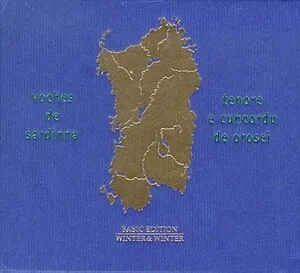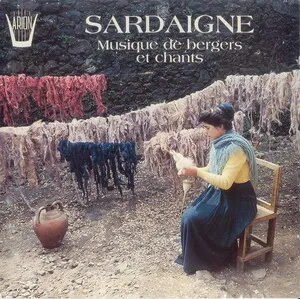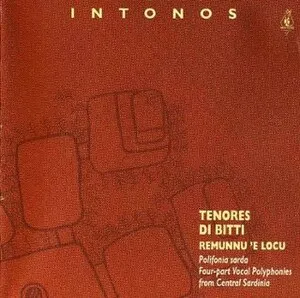Cantu a tenore is a four-part, male a cappella polyphony from the Barbagia region of central Sardinia (Italy). It is performed by small ensembles using distinct timbres that include an overtone-rich, guttural bass and a nasal lead voice.
The four voices are typically called: oche or boghe (the solo lead that carries the text), mesu 'oche/mesa boghe (a middle part that thickens the texture), contra (a pressed, buzzing part that locks into the harmony), and bassu (a very low, growling part). Together they form hollow, open sonorities centered on perfect fourths and fifths with flexible, modal tunings. Texts often reflect pastoral life, love, dance, and community rituals, and performances occur in intimate circles at bars, festivals, and village gatherings.
Recognized by UNESCO as intangible cultural heritage, cantu a tenore is both a living community practice and a striking example of Mediterranean multipart singing with unique timbral techniques.
Cantu a tenore likely crystallized in Sardinia’s shepherd culture, where singing functioned as social glue after long days in the countryside. Its overtone-rich timbres and open-interval harmonies suggest very old modal practices, while the use of poetic stanzas connects it to broader Mediterranean oral traditions.
Written references and early descriptions appear from the 18th and 19th centuries, noting the music’s distinctive guttural bass and the circular stance of singers. The practice remained intensely local—embedded in village life, seasonal rituals, and dance (ballu)—and was transmitted orally from older singers to younger participants.
Urbanization and social change in the mid-20th century reduced everyday contexts for communal singing. From the 1970s onward, a Sardinian folk revival, regional cultural institutions, and field recordings helped reanimate interest. Ensembles began to perform on stages and release recordings while maintaining village-based repertoires and style markers.
In 2005 cantu a tenore was proclaimed a Masterpiece of the Oral and Intangible Heritage of Humanity (later inscribed on the Representative List in 2008). This recognition boosted documentation, pedagogy, and international touring. Today the tradition balances fidelity to local styles (each village has a recognizably different timbre and tuning tendency) with new visibility in world-music circuits.

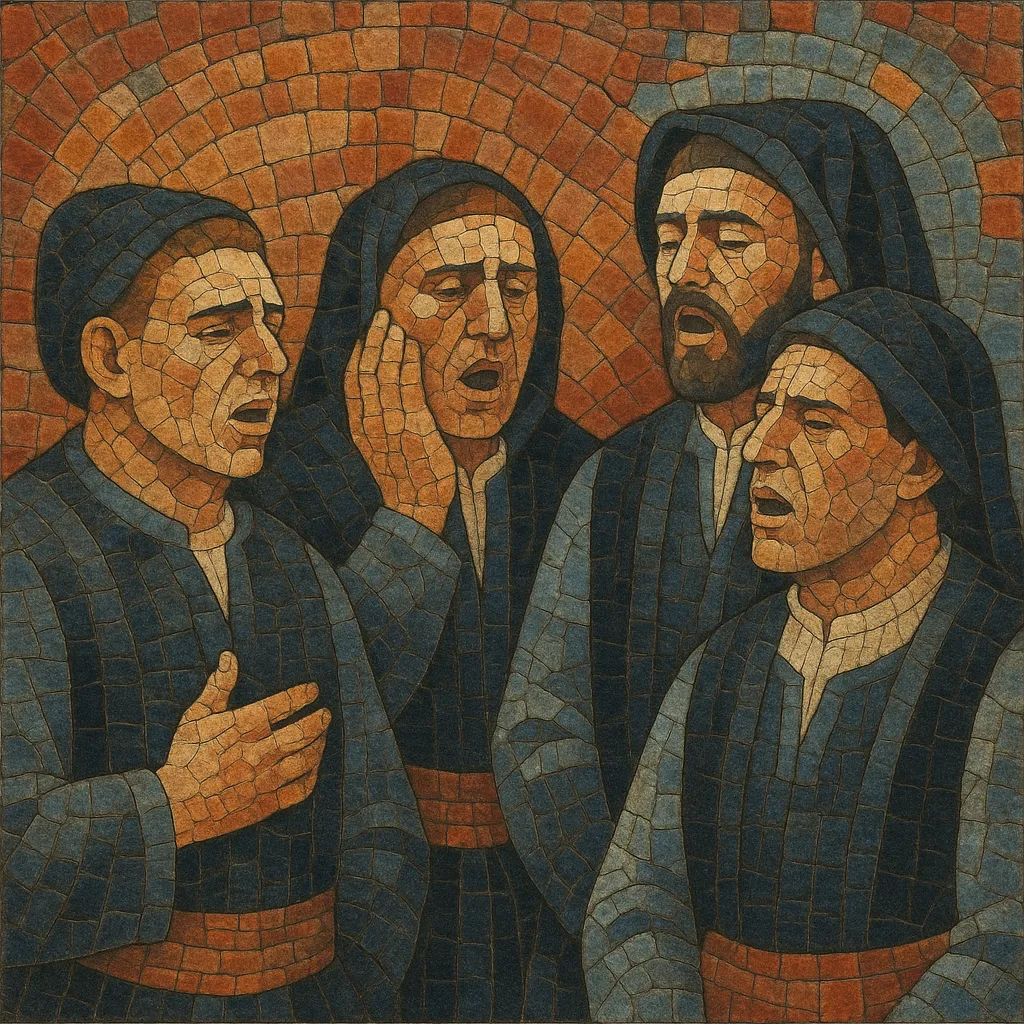
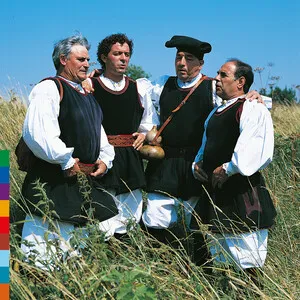
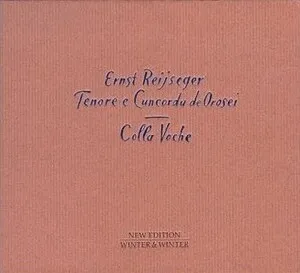
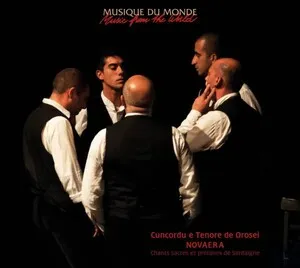%2C%20Cover%20art.webp)
